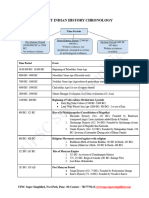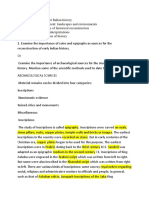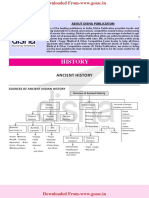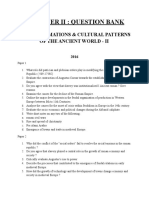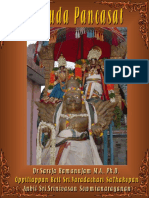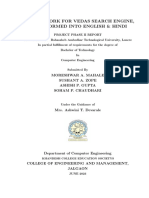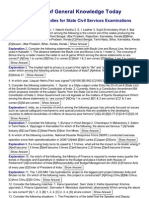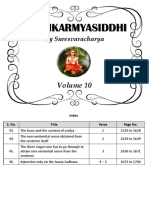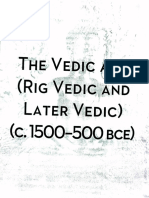100% found this document useful (1 vote)
10K views14 pagesVedic Age - Study Notes
The document provides an overview of the Vedic civilization in India from 1500 BC to 600 BC. It discusses the origins of the Aryans, the four Vedas, Vedic literature including the Brahmanas, Aranyakas, Upanishads, and epics. The classes of Vedas, Vedic scriptures, and other notable texts from the Vedic period are also summarized.
Uploaded by
tonyCopyright
© © All Rights Reserved
We take content rights seriously. If you suspect this is your content, claim it here.
Available Formats
Download as PDF, TXT or read online on Scribd
100% found this document useful (1 vote)
10K views14 pagesVedic Age - Study Notes
The document provides an overview of the Vedic civilization in India from 1500 BC to 600 BC. It discusses the origins of the Aryans, the four Vedas, Vedic literature including the Brahmanas, Aranyakas, Upanishads, and epics. The classes of Vedas, Vedic scriptures, and other notable texts from the Vedic period are also summarized.
Uploaded by
tonyCopyright
© © All Rights Reserved
We take content rights seriously. If you suspect this is your content, claim it here.
Available Formats
Download as PDF, TXT or read online on Scribd
/ 14














